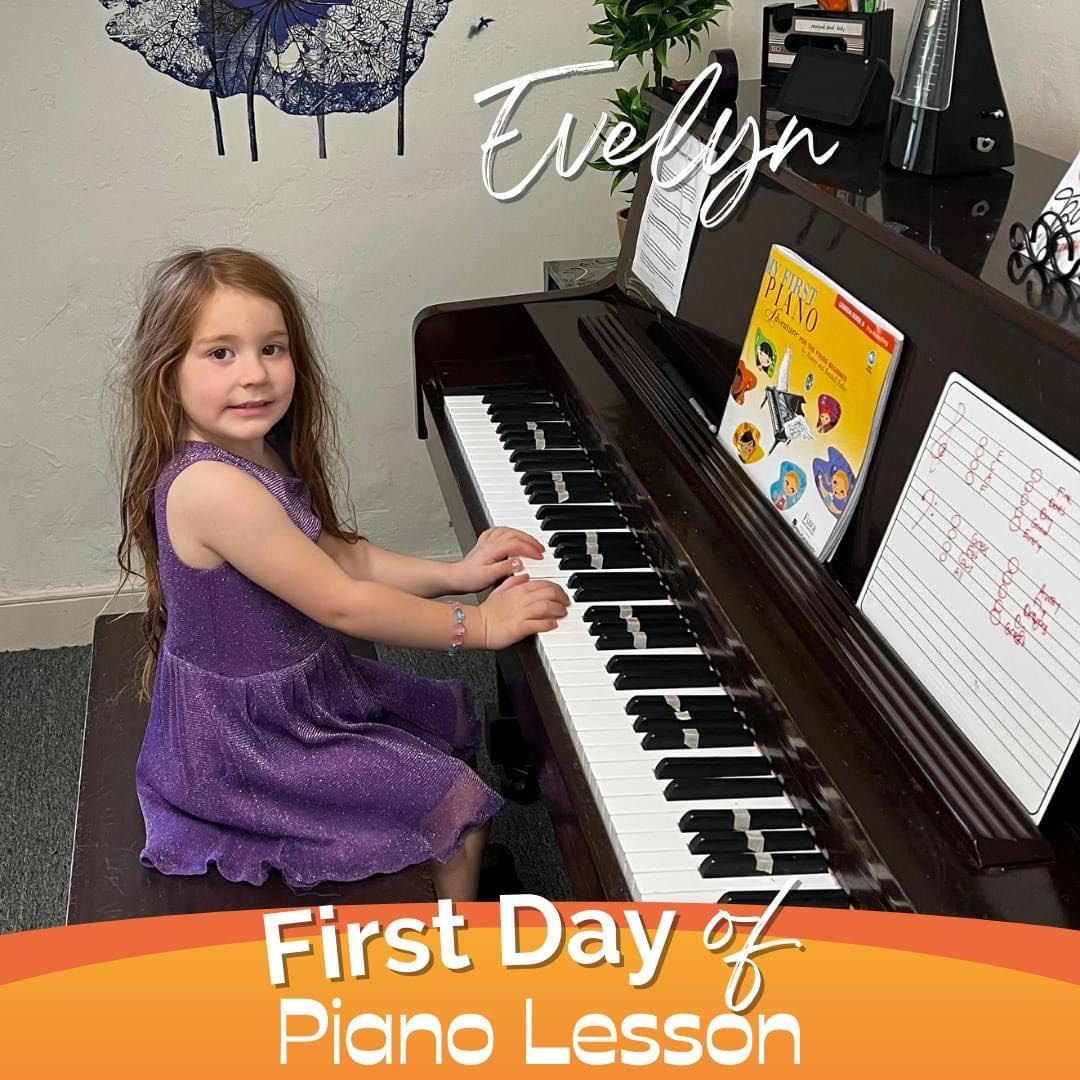- Faith and Music in Lessons at Downingtown Music Academy
- Why It’s Never Too Late to Return to Music Lessons: Stories, Tips, and Inspiration
- How Themed Practice Incentives Make Music Lessons More Fun and Effective
- Why Music is So Important for Neurodiverse Children
- What to Expect: How Long Does It Take to Learn an Instrument or Sing?
- Being Mindful of How the Body Feels When Singing
- Back to School: How Music Lessons Can Enhance Your Child's Academic Performance
How do I find the right piano

I often hear from new students asking the question, "how do I find the right piano?" While I am not a piano technician or repair person and by no means the final authority on this subject, I do have some suggestions to keep in mind as you begin your search. Here are some things to consider when looking for a keyboard or piano for your lessons:
1. Number of Keys.
A full size piano has 88 keys. Keyboards offer anywhere from 64 to 88 keys. I would suggest at least purchasing a 76 keyboard to ensure that you or your child gets the feel of a real piano size.
2. Bench and Stand
It is very important to purchase a bench and stand with your keyboard. Kitchen tables and chairs simply don’t cut it. If you want to learn to play with the right technique, you need the right materials to do so. This is especially true for young children, whose feet often don’t touch the floor sitting on an adult size chair. Benches and stands can often be adjusted to the right height for your young musician. The stand should be pretty sturdy as well. X shaped stands, while cheap, don’t afford the same sturdiness while playing as do table shaped or wooden stands.
3. Weighted Keys versus non weighted keys.
Weighted key keyboards have resistance to their keys that creates the feeling of playing on a real piano. You can choose non weighted options, but be aware that your hands may have a hard time transitioning to the feel of a real piano, which requires more pressure to make sound.
4. Tuning and Moving Costs.
Real pianos require moving (don’t try and do this yourself!) from their original location. This usually costs around 250 dollars. Pianos should be tuned at least once a year, which costs about 150. You want them to be positioned on an inside wall of your home (one that does not have a side that is the exterior of your house) because this will ensure they stay in tune during weather changes. If they are used, depending upon their condition, they may require extra tunings or care after purchase. This can be a few hundred dollars.
5. Investment
I don’t recommend purchasing a full size piano or digital piano for a student just starting out. Beginners don’t need a full size piano at the start of lessons, and this is a big investment, when you consider maintenance costs. I would wait a year, do some research and see how you feel then.
6. Shop around!
You can get great discounts on used pianos and keyboards on craigslist, or from friends or even amazon. Also, check out our newsletter to see if I have posted about any pianos there. As a music teacher I am often contacted by friends and family who know people giving away pianos or selling them cheap! Questions about your piano/keyboard purchase? Let me know.